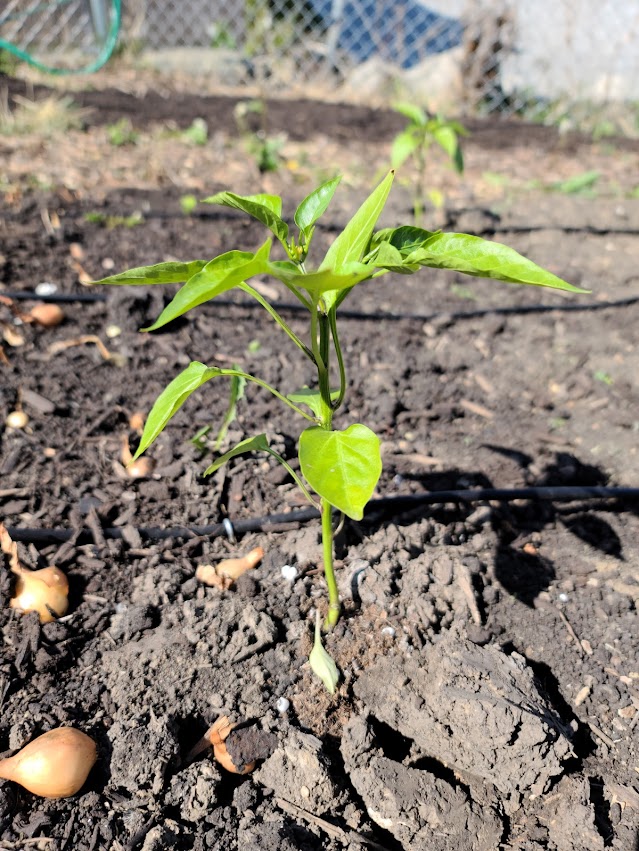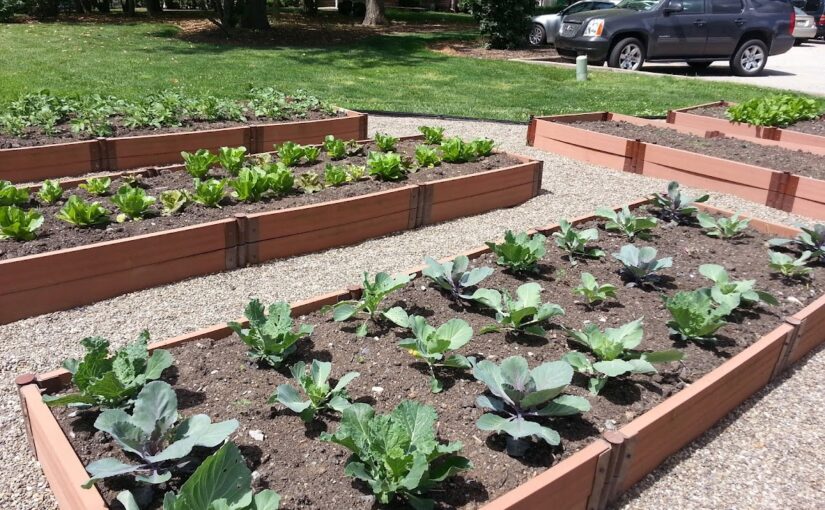As a continuance of my Kenny Roger’s themed article last month on sowing and planting at appropriate soil temperatures, I thought this month I’d approach “Know when to sow ‘em, know when to plant ‘em” in a different way. When it comes growing vegetables and herbs, many new (and even experienced) gardeners are confused as to which plants you should directly sow into the garden and which ones you must transplant.
Of course, some of these recommendations might change based on where you are and your local climate. These are general recommendations based on common practices in most of the U.S. Decisions can be easier to make if you know the reason WHY some things are started indoors and transplanted outside and some things are directly sown, so we’ll start there.
Why transplant?
For the most part, the crops that we start indoors (or purchase at the garden center) and transplant outside are things that either require a long time to reach maturity or require higher temperatures to germinate and thrive than are available outside in regions where these crops are not native. Starting indoors allows us to overcome shorter growing seasons and get those crops to mature in a timely manner.
Many of the warm season crops, such as tomatoes, peppers, and eggplant would likely not make it to maturity if they were directly seeded in the garden after the danger of frost has passed. And while many cool season crops like the Cole crops (broccoli, cauliflower, cabbage, etc.) thrive when air temperatures are cool, they actually require warmer soil temperatures for germination and would be difficult to direct sow outdoors for a spring planting. In many parts of the country, cool season crops do much better as a fall crop since temperatures get cooler as the crops mature. This means that they should be sown or planted in July or August for most areas. Directly sowing of seed in the garden is technically possible at that time BUT there are many challenges including keeping the seedlings from drying out in the hot, dry summer weather. So it is usually still easier to transplant, but you can start the transplants in pots in a protected outdoor space rather than indoors if needed. Keep in mind that several of the herbs don’t start well from seed, so you’ll need to buy transplants (which are usually started from cuttings) or take cuttings from an existing plant.
Why direct sow?
There are a number of crops that grow fast or easy enough that they can just be sown directly in the garden. My personal philosophy is that if it can be direct sown you don’t have to worry about the expense or trouble of starting plants indoors or the expense of buying individual plants at the garden center. Crops like lettuce, beans, peas, corn, squash, and melons are typically very easily sown outdoors. Some folks might opt to start these inside or to buy starts to make it easier, but this is usually at an extra cost that isn’t necessary for success.
Of course, root crops like carrots, radishes, turnips, and beets aren’t easily transplanted because the process of transplanting can damage the root, which is the part you’re trying to grow. Some herbs like cilantro don’t tolerate root disturbance well, so it is best to direct sow as well.
Knowing when to sow is important as well. Cool season crops like lettuce, radishes, carrots, and other leafy greens and root crops can be sown well before last frost (see my article from last month, linked above).
The other thing to keep in mind when direct sowing is that conditions outdoors aren’t as stable as those indoors, so you’ll have to monitor the weather for rapid swings of temperature and also make sure things stay appropriately watered.
Some crops can go either way
While some crops like squash and cucumbers are easy to direct sow, there might be times when growers might prefer to start indoors (or buy starts) and transplant. Crops like melons often require high soil temperatures to germinate, so in places where the soil temperature is slow to warm transplanting might be helpful. Transplanting can also give the grower a leg-up on getting things to maturity quickly. Transplanting is most common for crops where you need a smaller number of plants (like squash and cucumber) but isn’t as practical for crops where you need larger numbers of plants like beans and peas. Keep in mind that crops like cucumbers and squash usually start pretty quickly and will be transplantable after just a few weeks – growing them indoors until they are bigger isn’t necessary and will not create an advantage to getting them to mature quickly.

What to transplant
- Broccoli
- Brussels Sprouts
- Cabbage
- Cauliflower
- Celery
- Collard Greens
- Eggplant
- Kale
- Kohlrabi
- Lavender
- Oregano
- Peppers
- Rosemary
- Tarragon
- Tomatoes
- Tomatillos

What to Direct Sow
- Beans
- Beets
- Carrots
- Cilantro/Coriander
- Dill
- Leeks
- Peas
- Radishes
- Spinach
- Sunflowers
- Turnips

Which Can Go Either Way
- Basil
- Bok choi/Pak choi
- Cantaloupe
- Chard
- Cucumber
- Fennel
- Lettuce
- Melons
- Mint
- Okra
- Onions
- Parsley
- Pumpkins
- Watermelon
- Squash
- Zucchini
Sources

